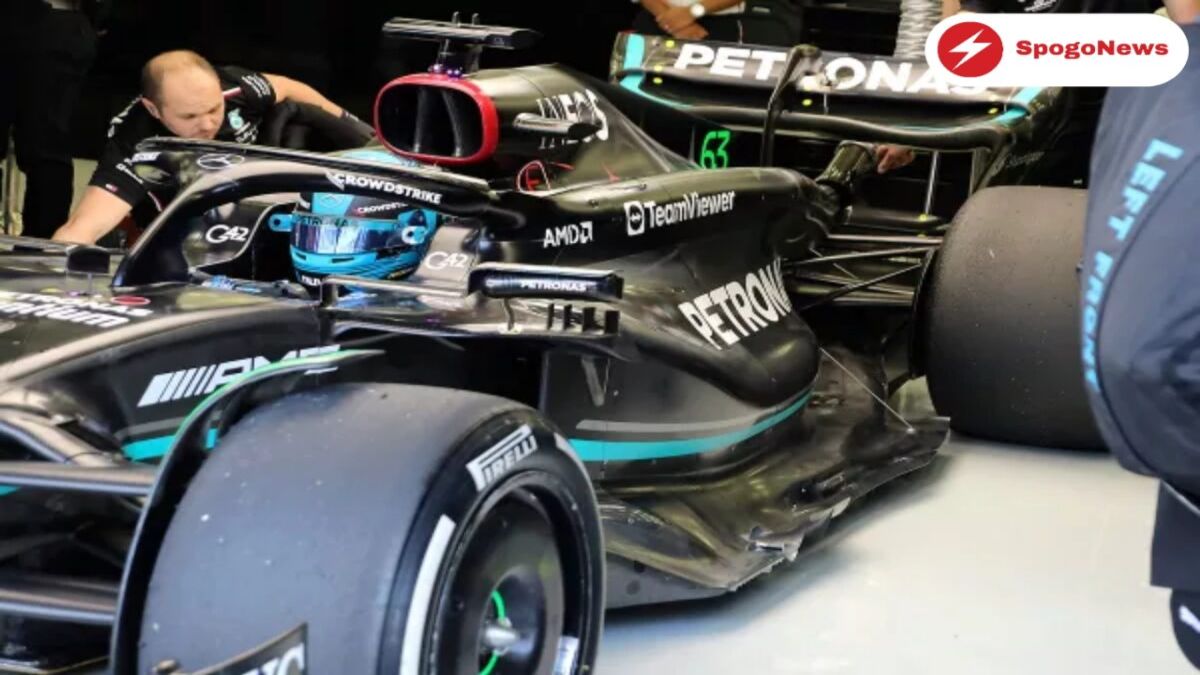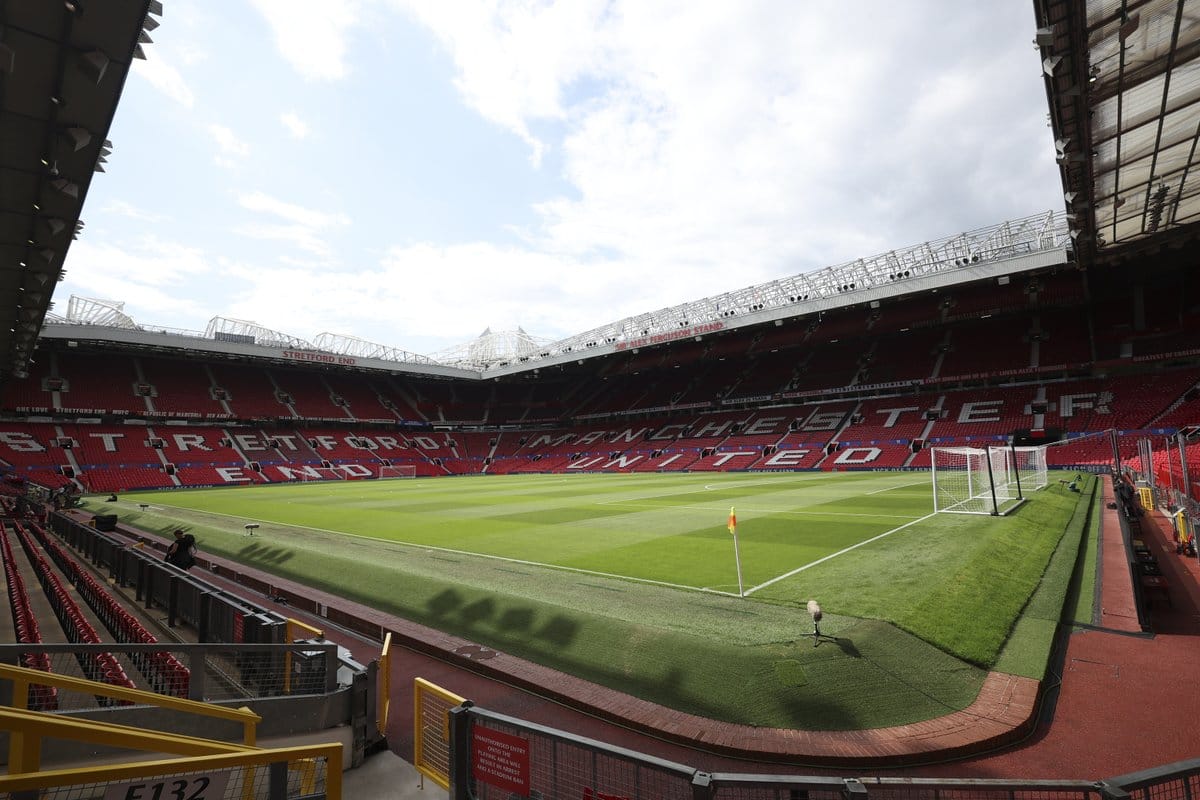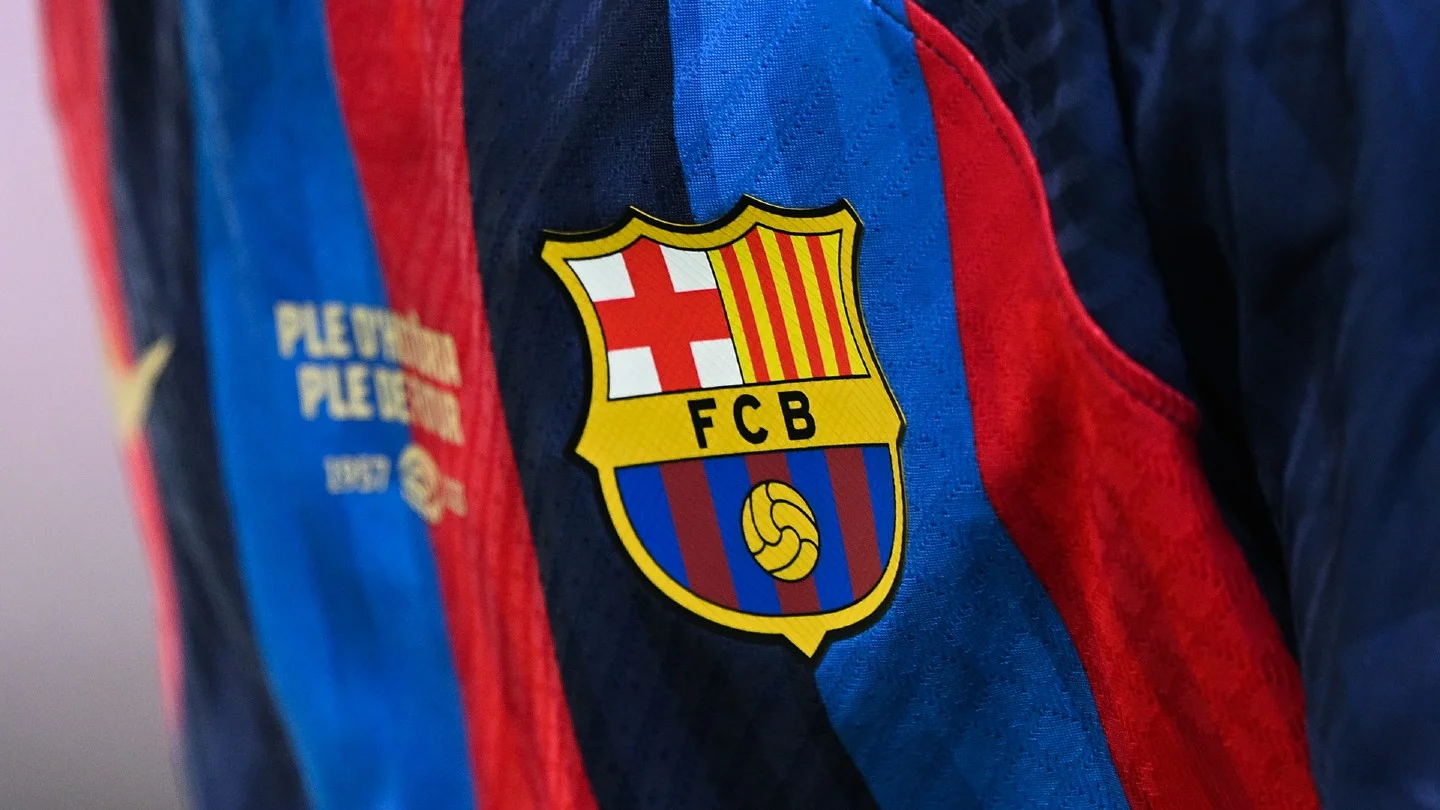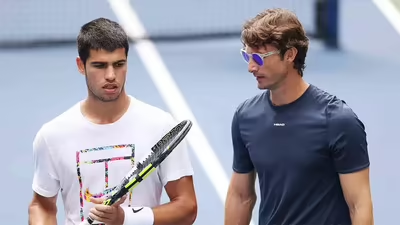(Motorsports news) Mercedes officially gave up on its zeropod notion after pursuing it on its own for more than a season in favor of the expanding trend for what is now called as the downwash solution. The fact that Red Bull’s downwash design had been so effective right away sparked predictions that Mercedes’ change of strategy might result in some instant and automatic benefits. However, in practice, designing a Formula 1 car is seldom quite that straightforward.
In Mercedes’ case, the decision to change the sidepod’s direction was a risky one to make because, instead of the team experiencing an immediate improvement in performance, the team was left with a problem that, at best, provided no advantage and, at worst, actually cost them lap time. This is due to the fact that while receiving a lot of criticism when 2022 began, the zeropod design really produced a commendable level of performance.
If we go back to the initial concept, the zeropod’s goal was rather straightforward. Mercedes was able to minimize the size of the sidepod by isolating the chassis structure and moving the side impact bars to a designated location. This offered the dual advantages of lowering drag and also assisting in the delivery of more downforce by virtually transforming the bodywork into wings.
The zeropod was said to be worth just more than 0.1 seconds over the downwash version that other teams have used in a straight side-by-side comparison. so may seem illogical to give up that obvious advantage at that point in favor of a solution that was a step backwards, but the team actually did so for quite obvious reasons.
First of all, in order for Mercedes to move the discussion about its sidepods off the table, it had to figure out why its car couldn’t compete with Red Bull’s RB19 and had slipped behind Aston Martin at the time. Although it believed that its solution had a clear downforce advantage over the downwash concept, there were concerns that it would have unforeseen repercussions for the rest of the car package.
That raised the question of whether giving up the exclusive benefit of the zeropods may allow for the possibility of discovering greater gains elsewhere as car development progressed. This was a solution that could only be attained by making the necessary change, sticking with it, and observing what new performance paths opened up.
The downwash solution’s development potential was also a problem, as it allowed for much more to be accomplished once the team understood how to get the most performance out of it, even though its initial starting point was a drop in performance. And in reality, that is what has happened. While it took a hit from the Monaco Grand Prix, the sidepod solution’s second incarnation, which debuted in Belgium this weekend, gave a little bit more performance. There will be more to come, particularly as the team aims to make a significant leap this winter.
According to Mike Elliott, chief technology officer of Mercedes, “I think when we released the initial generation, it was pretty much a level difference in terms of performance from the downwash sidepods now. “It wasn’t anything that really improved performance, but there were possibilities to consider alternative approaches. We’ve sort of advanced. “We’re continuously changing and attempting to deliver more performance. This adds a bit more, then. We’ll get a little bit more in the following release, and perhaps we’ll keep improving during the winter.
Also read: Low-drag tracks are now a concern, Stella says in defense of F1 regulations












